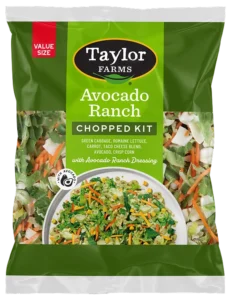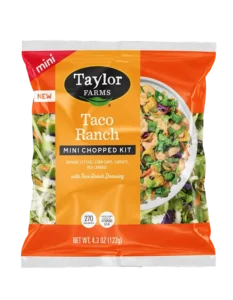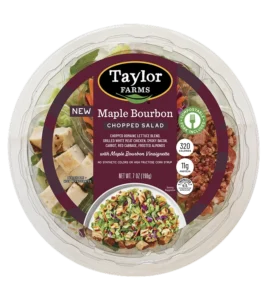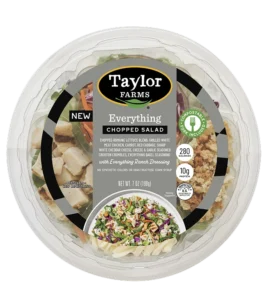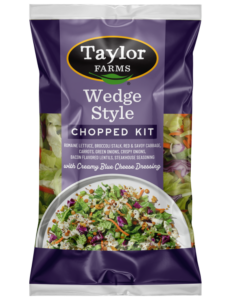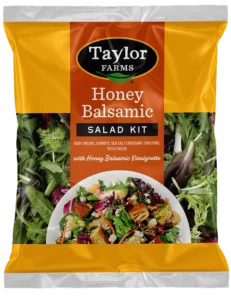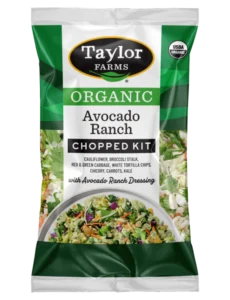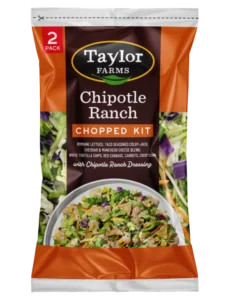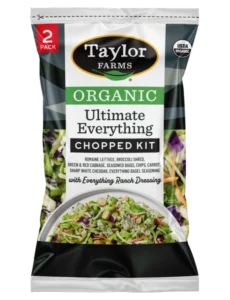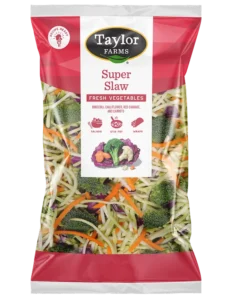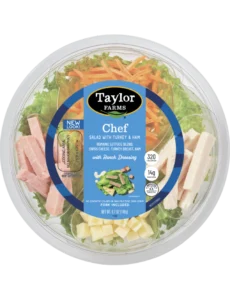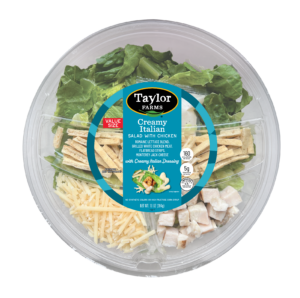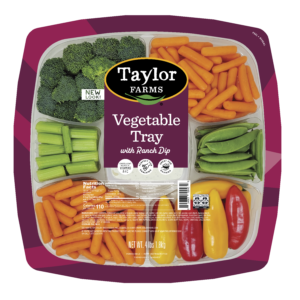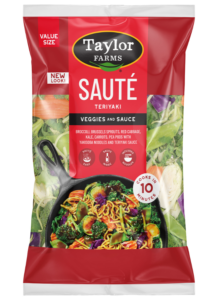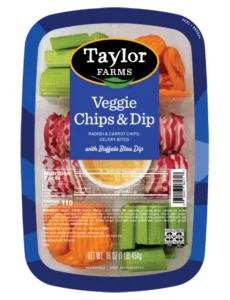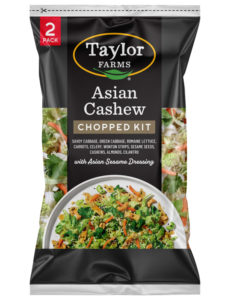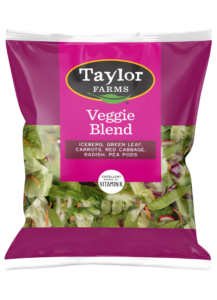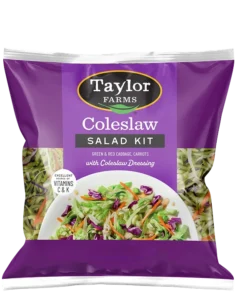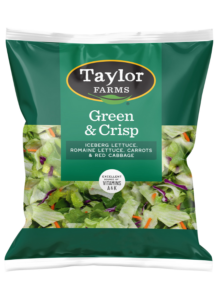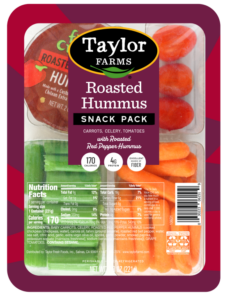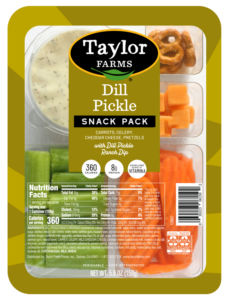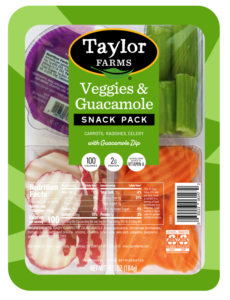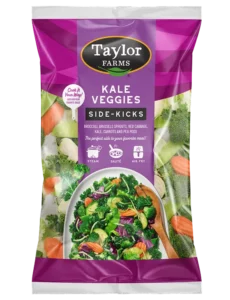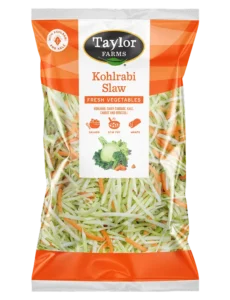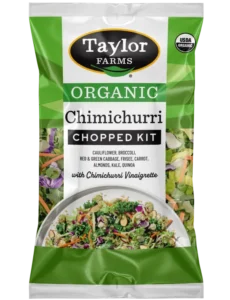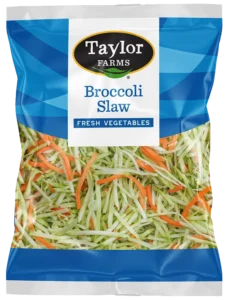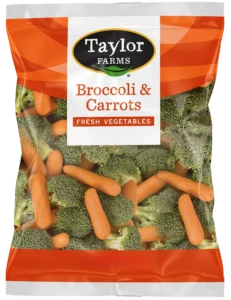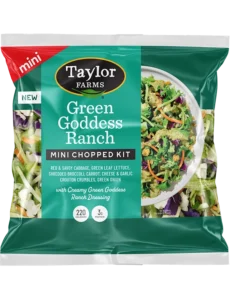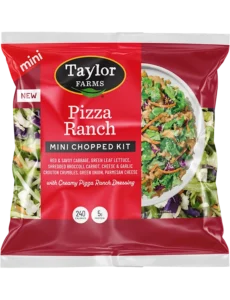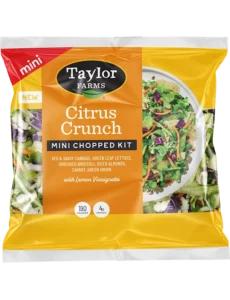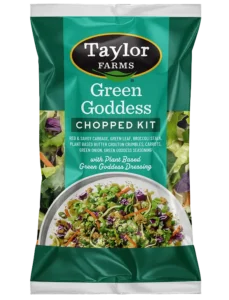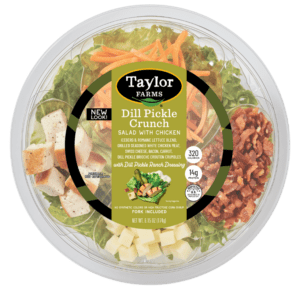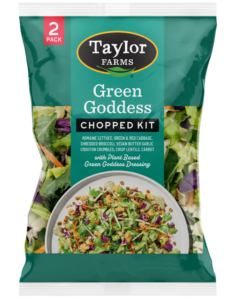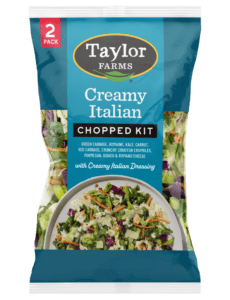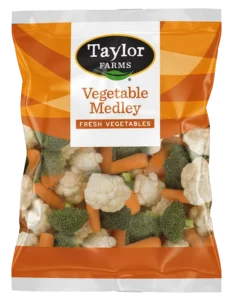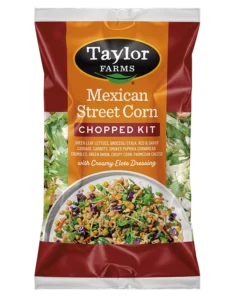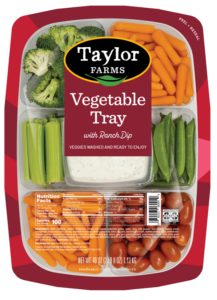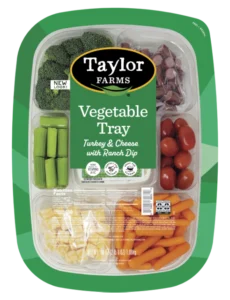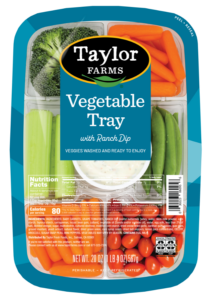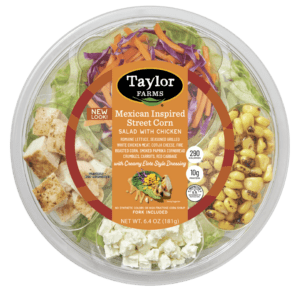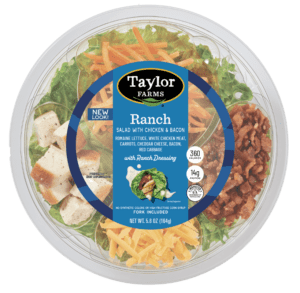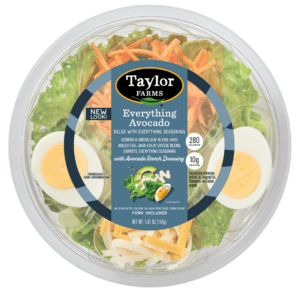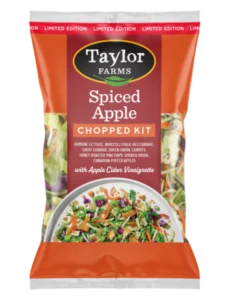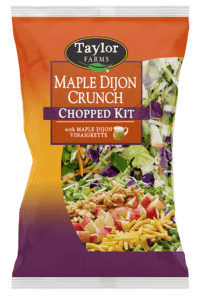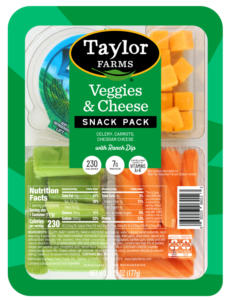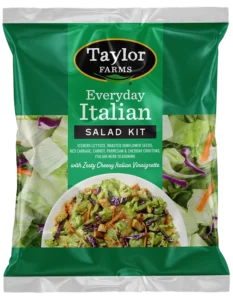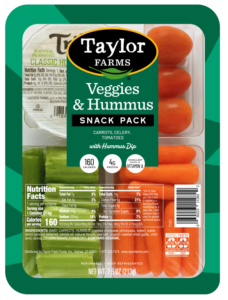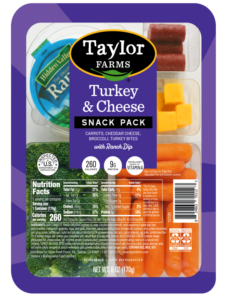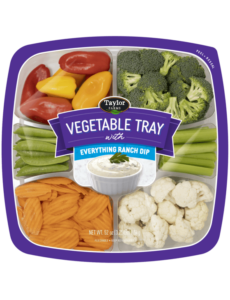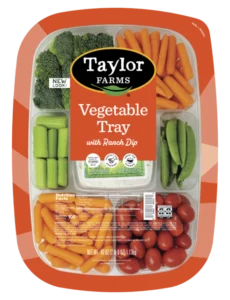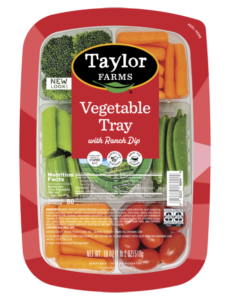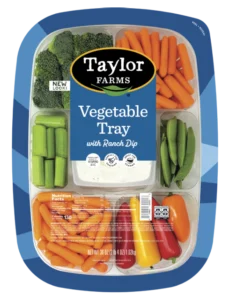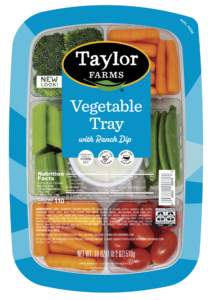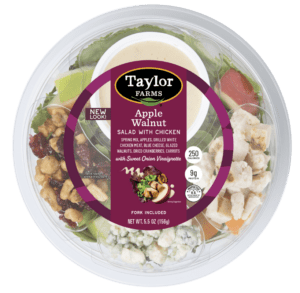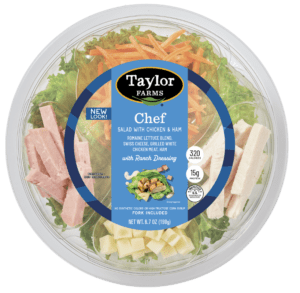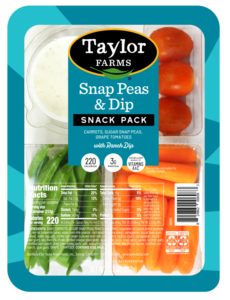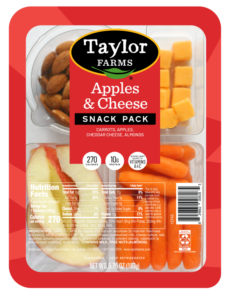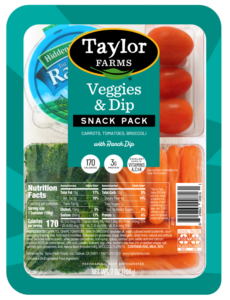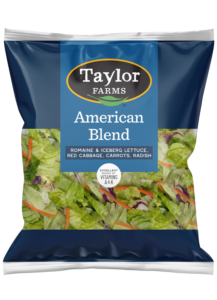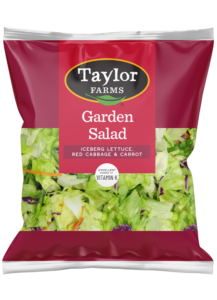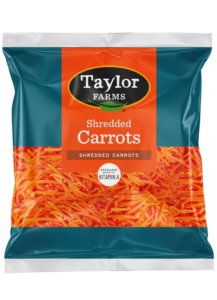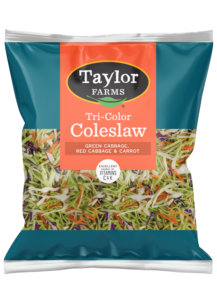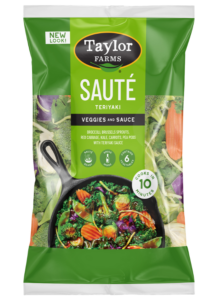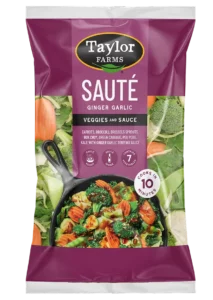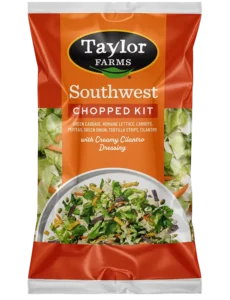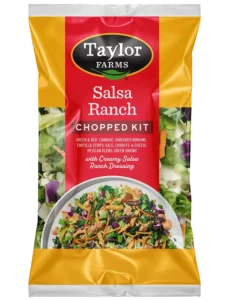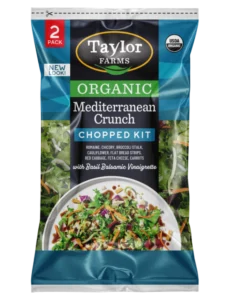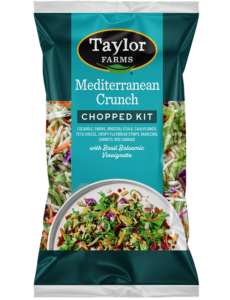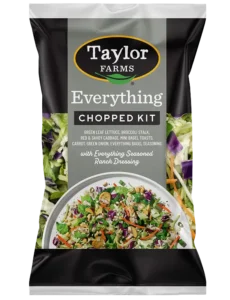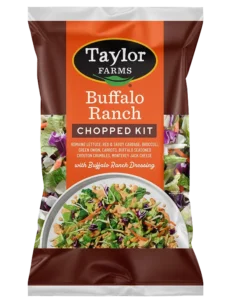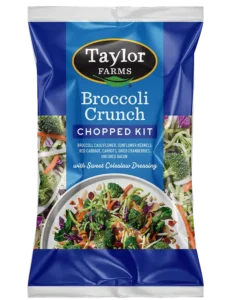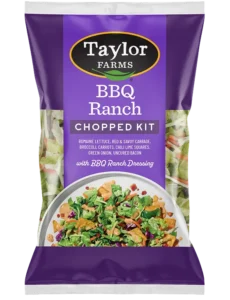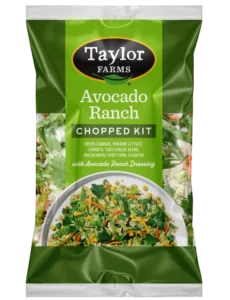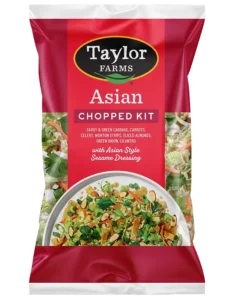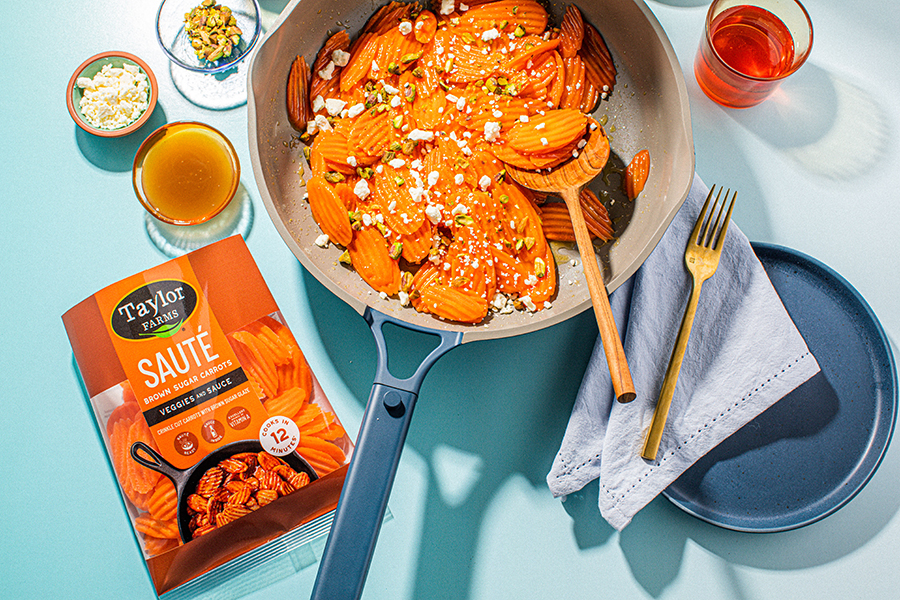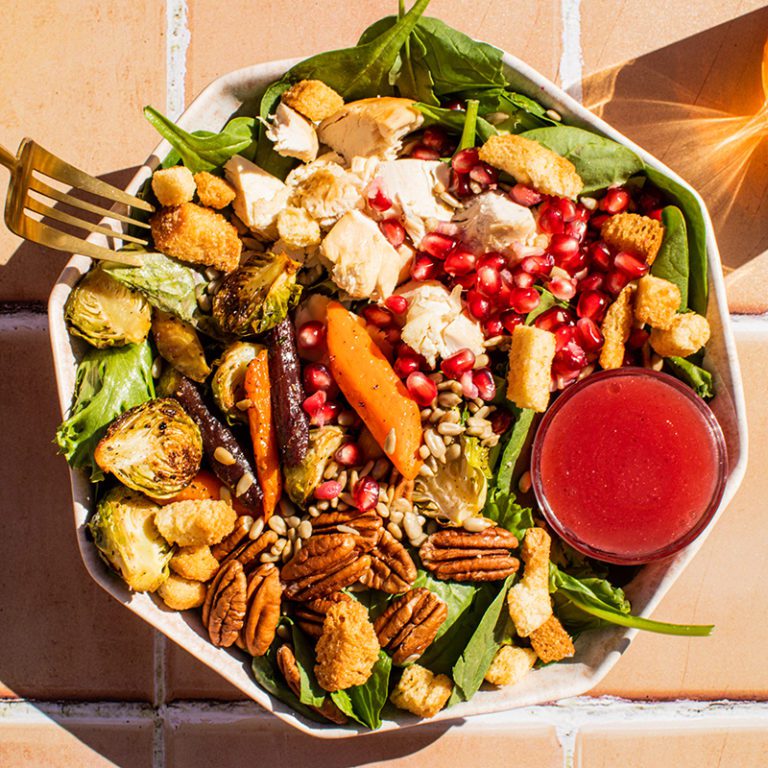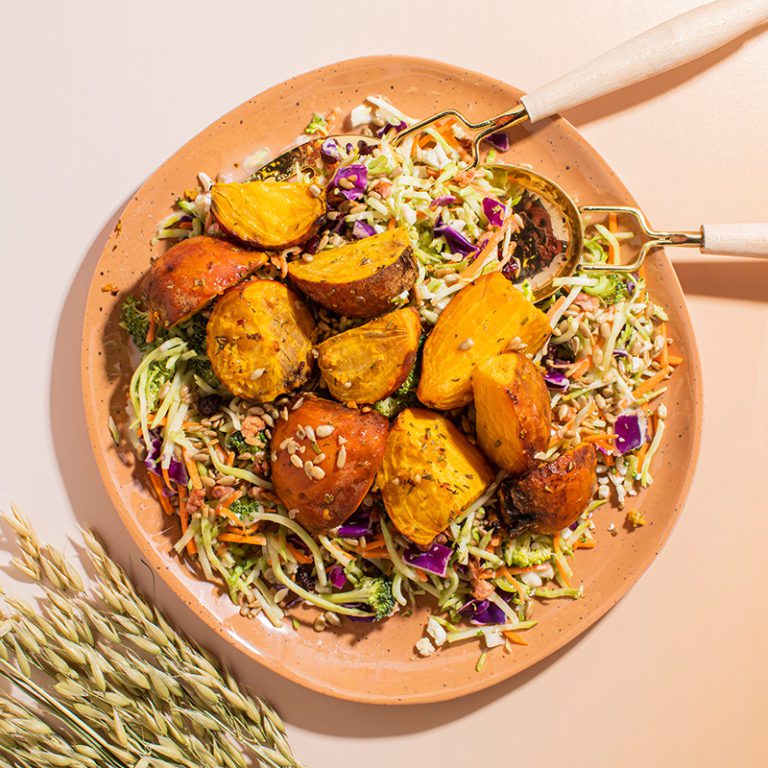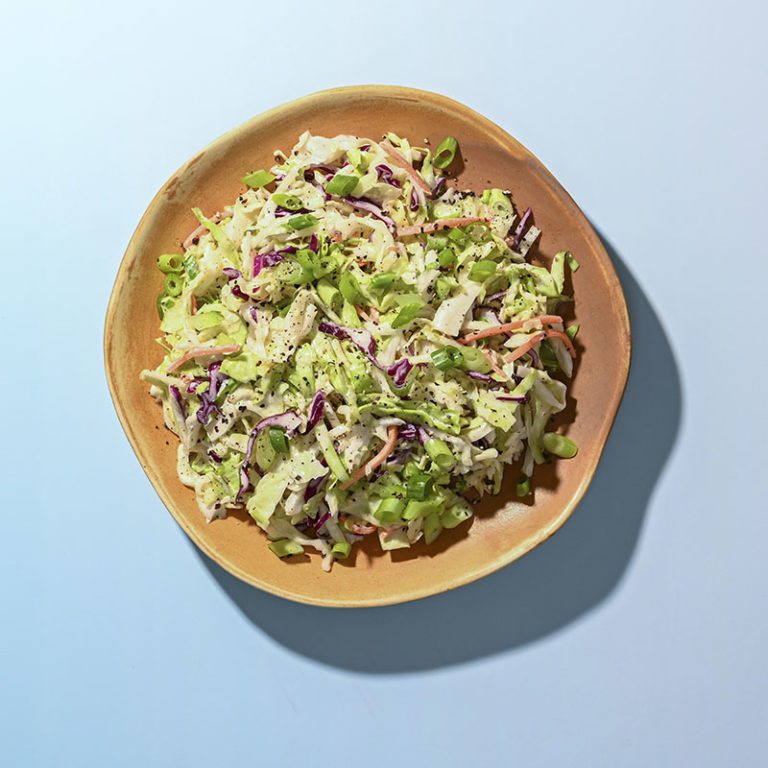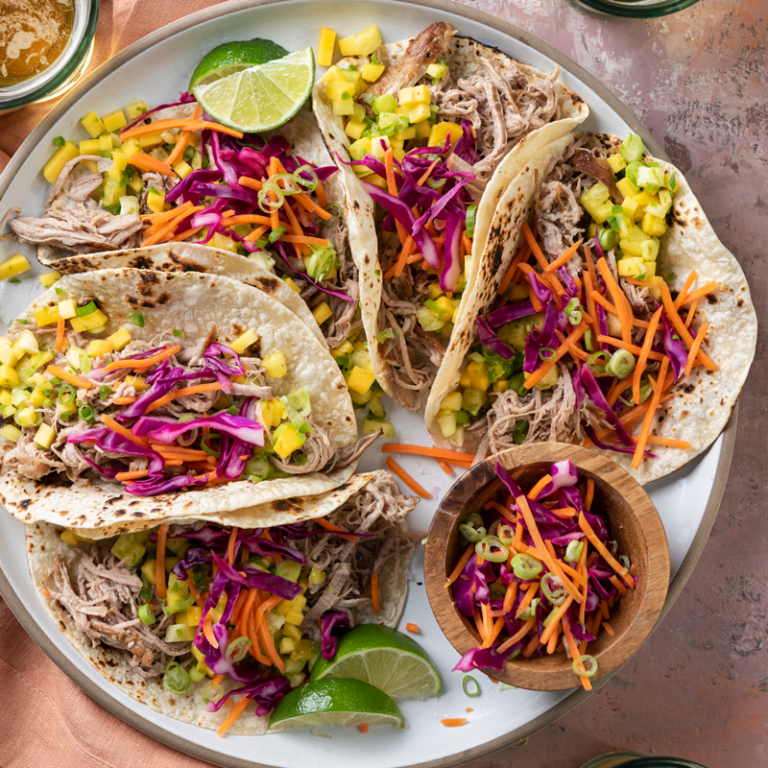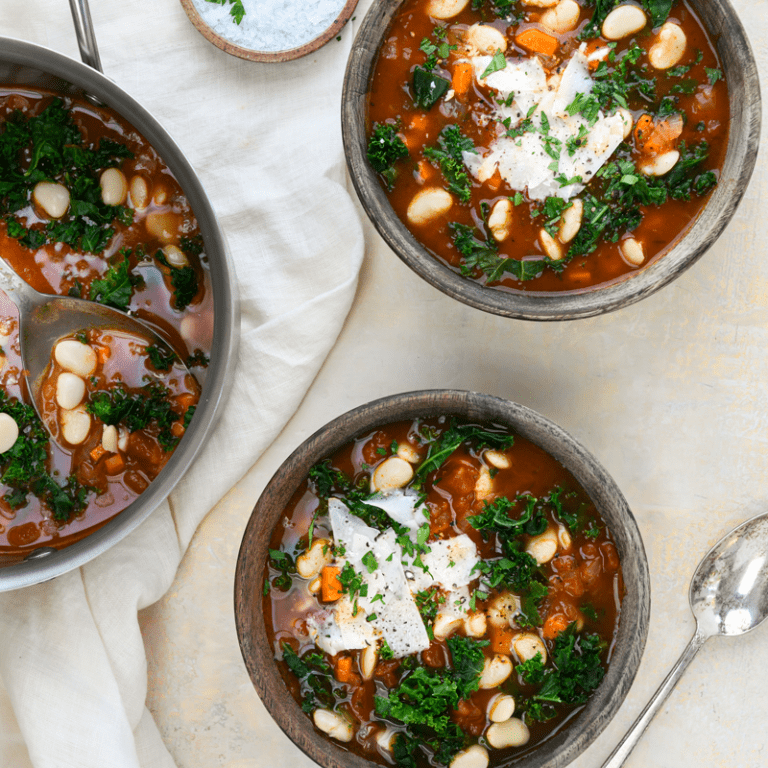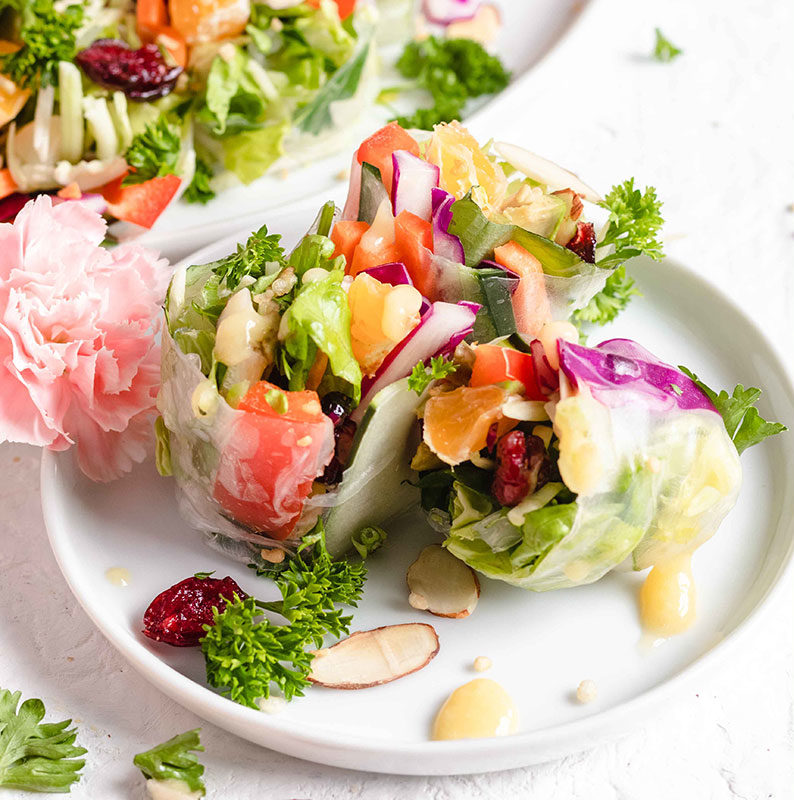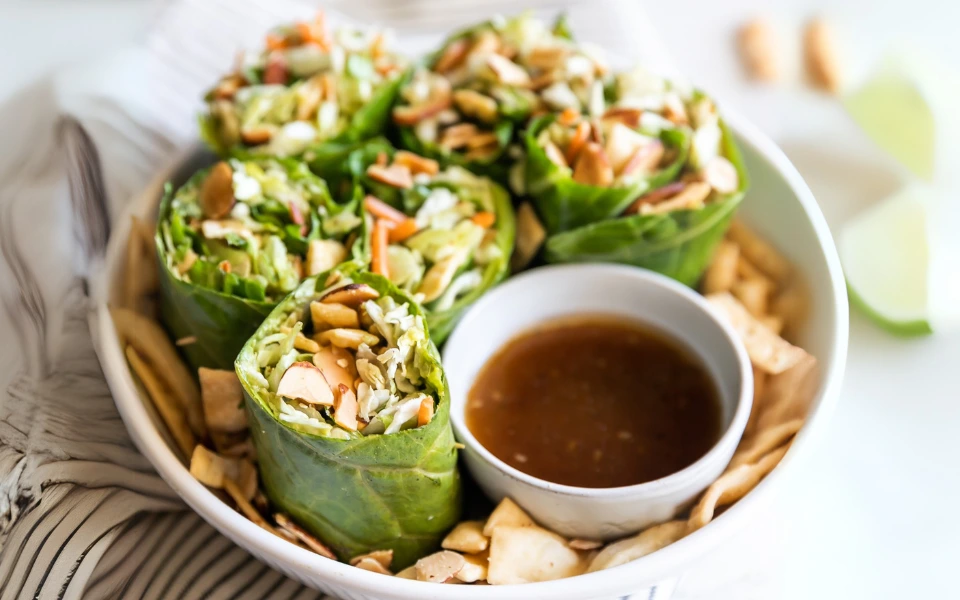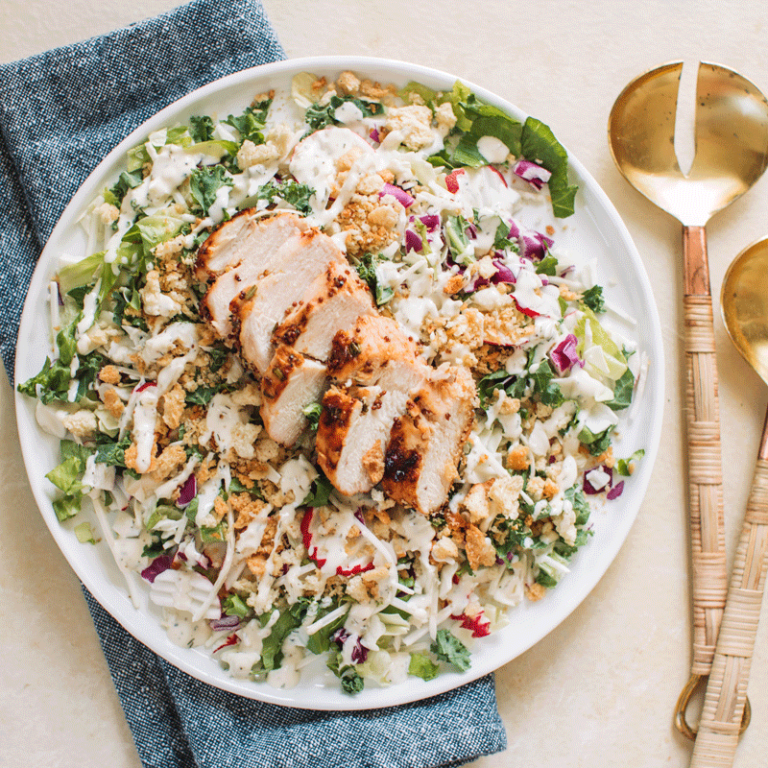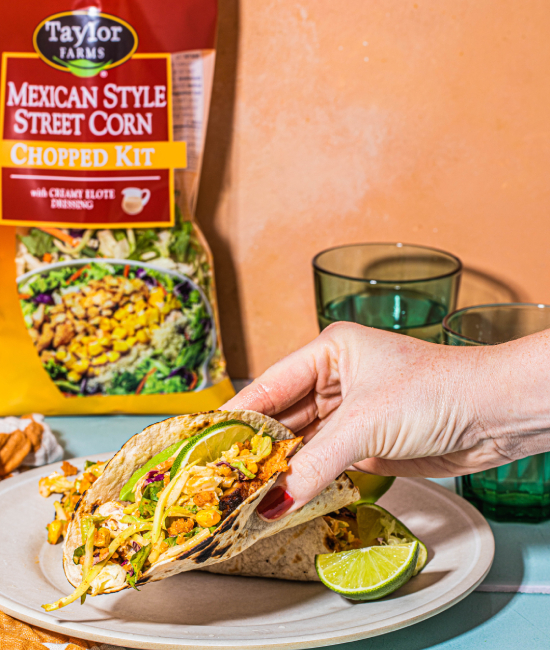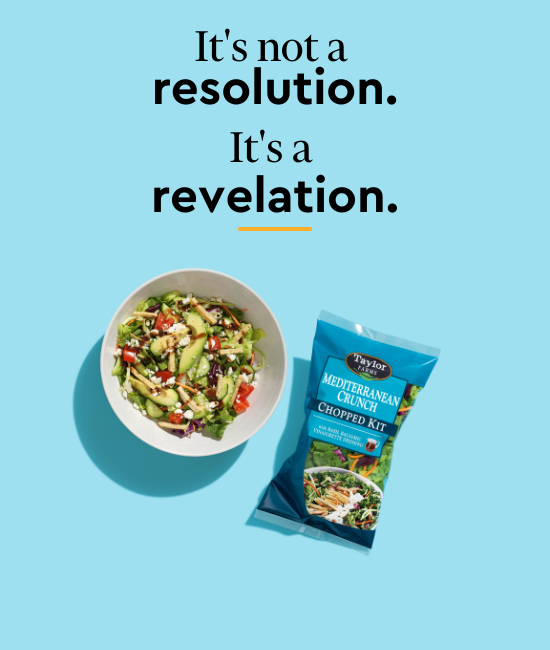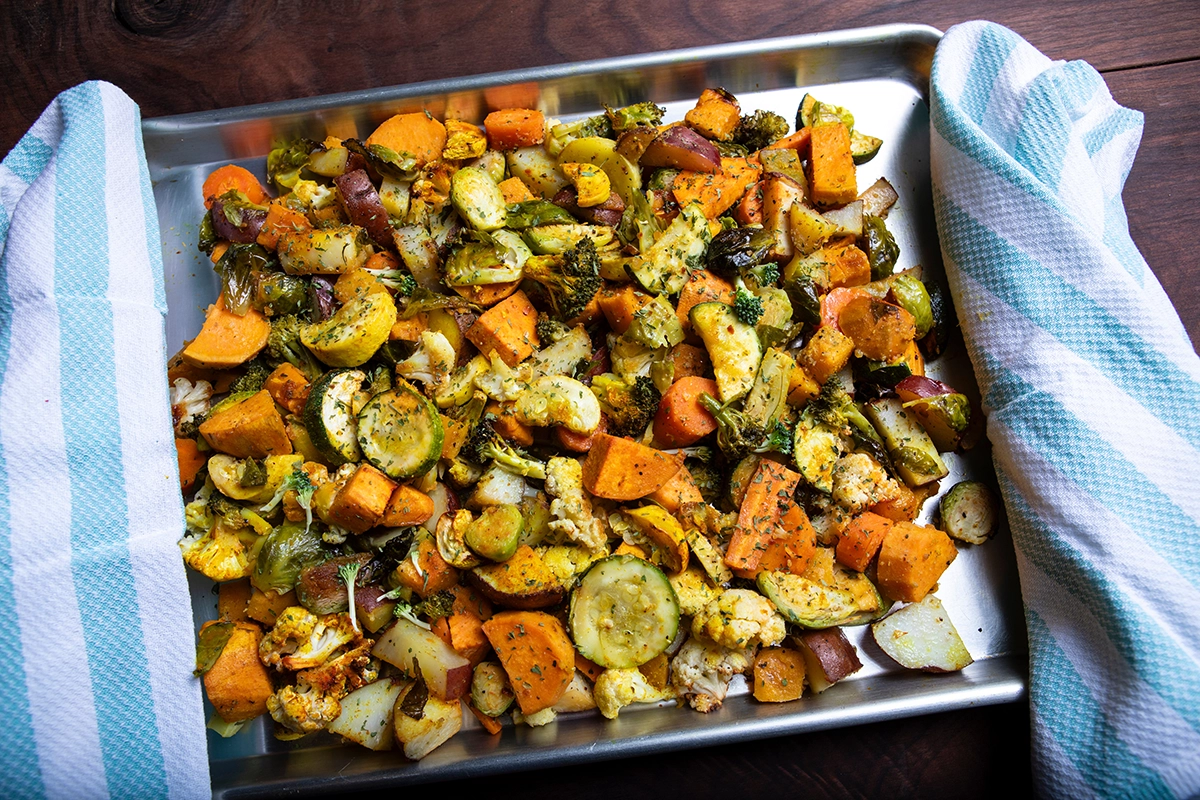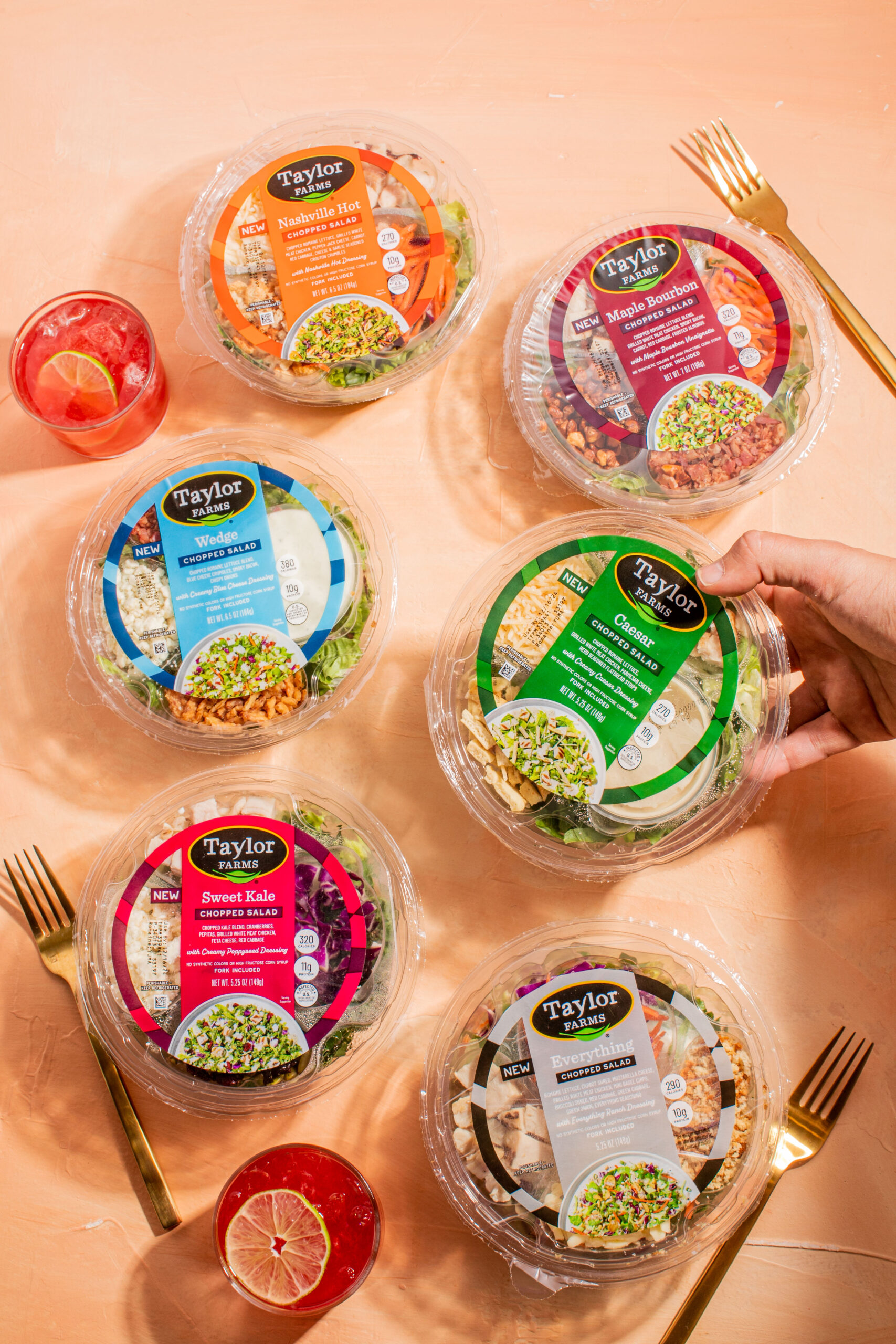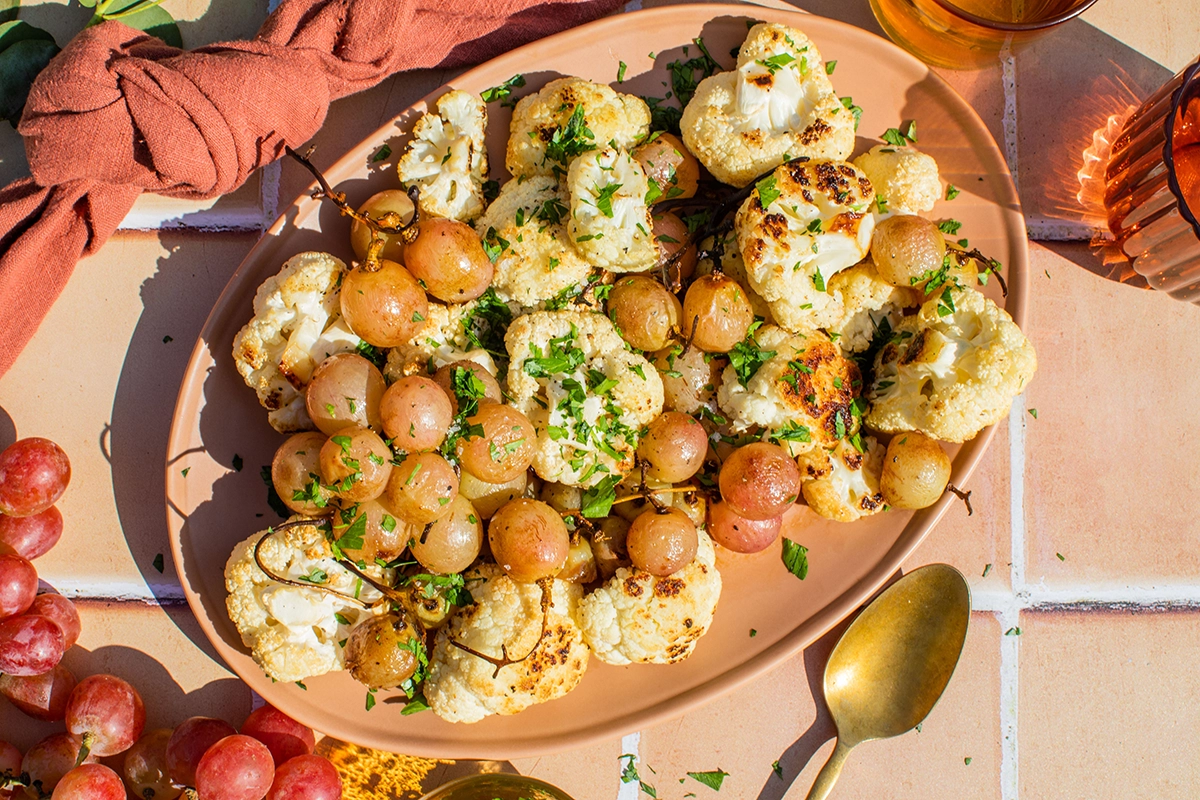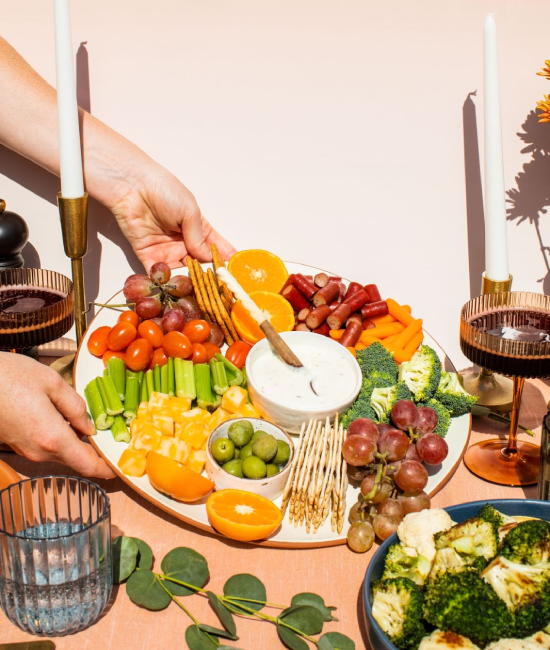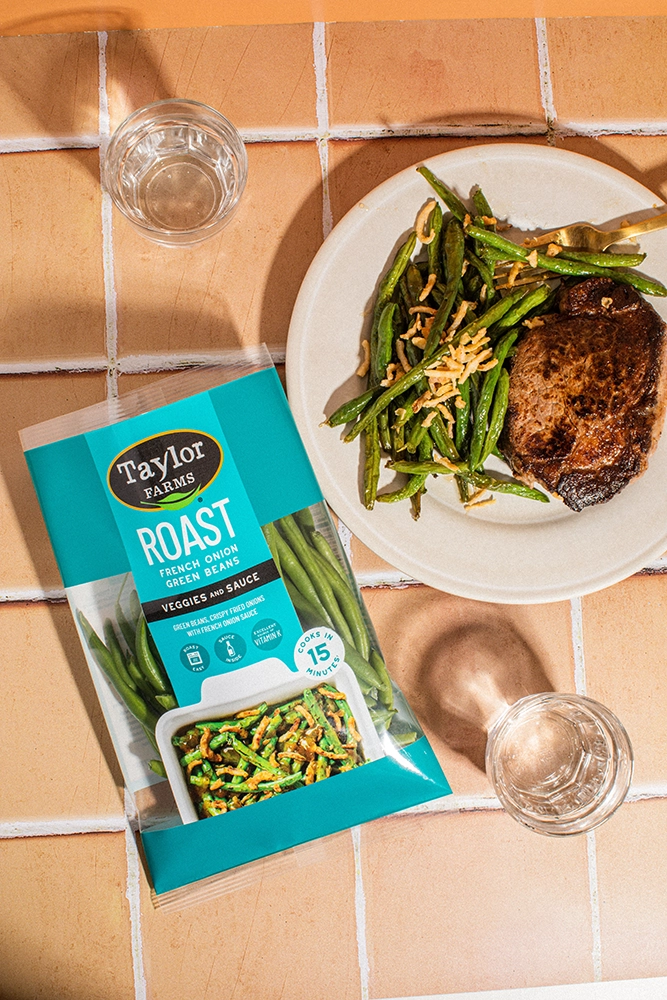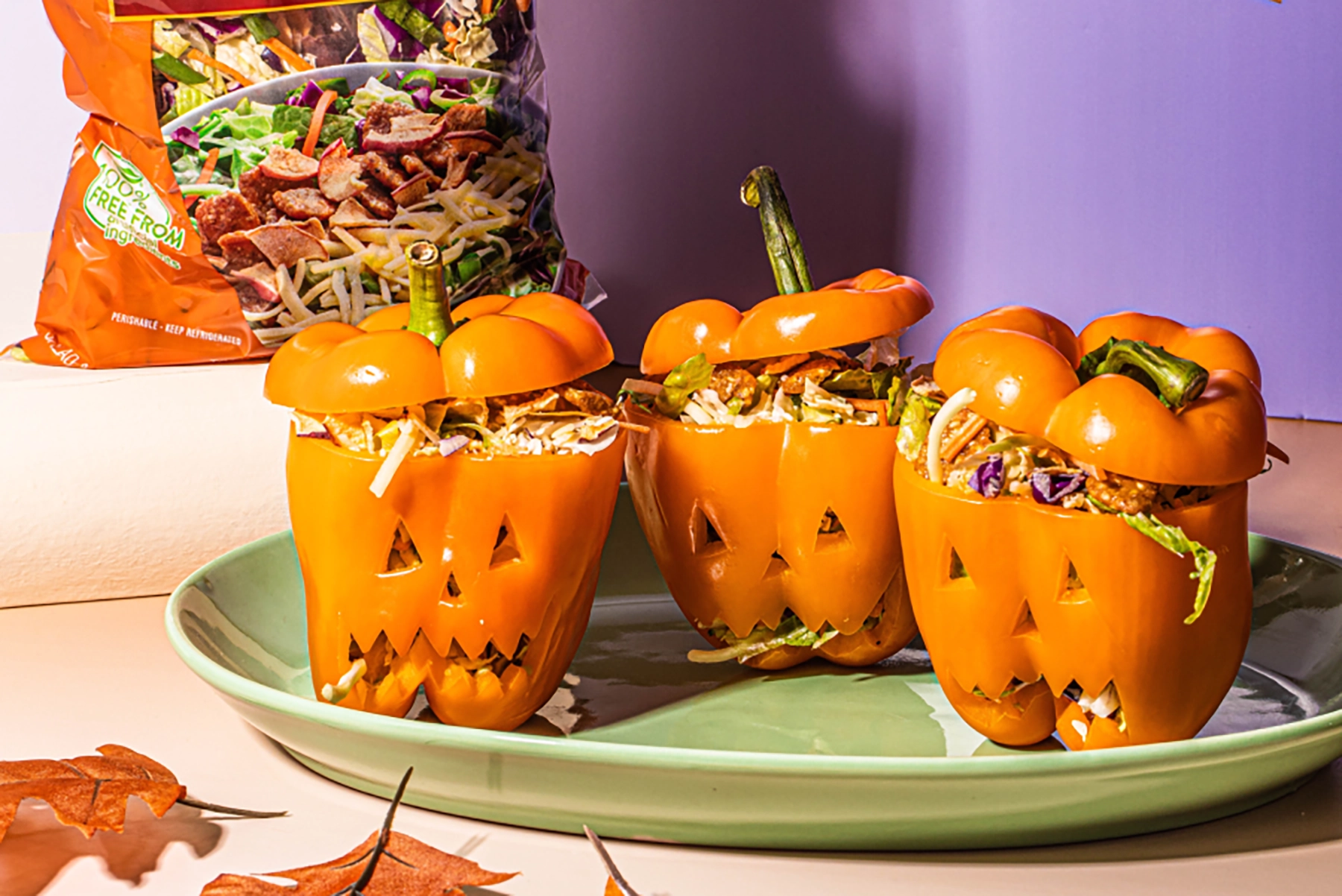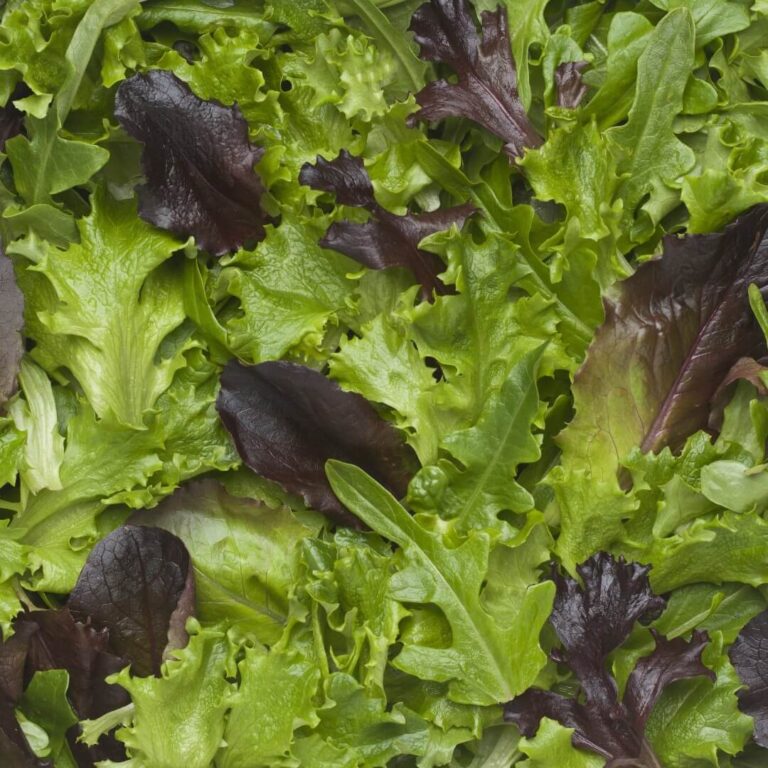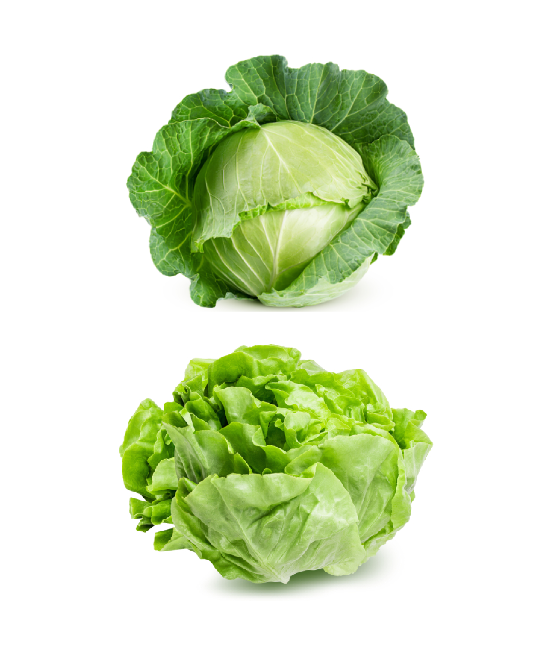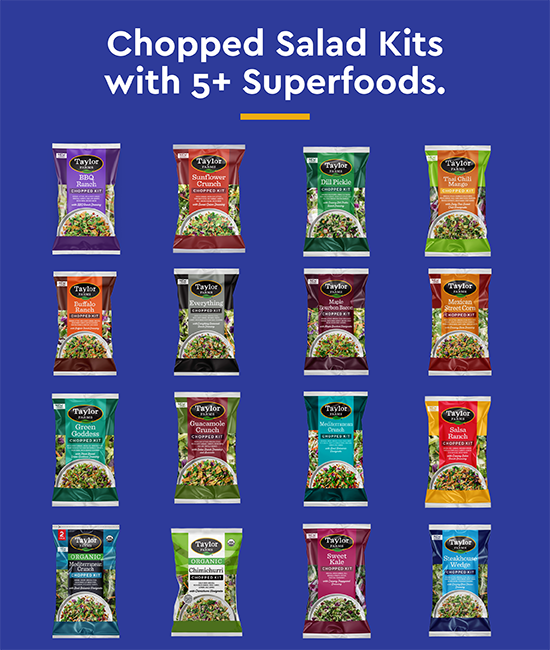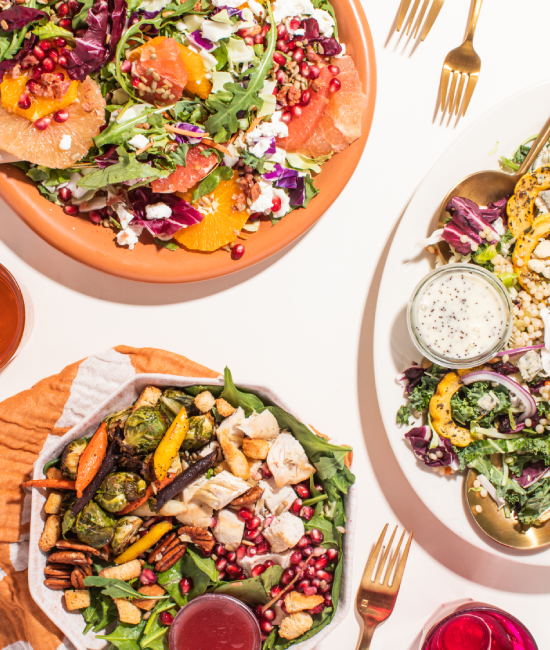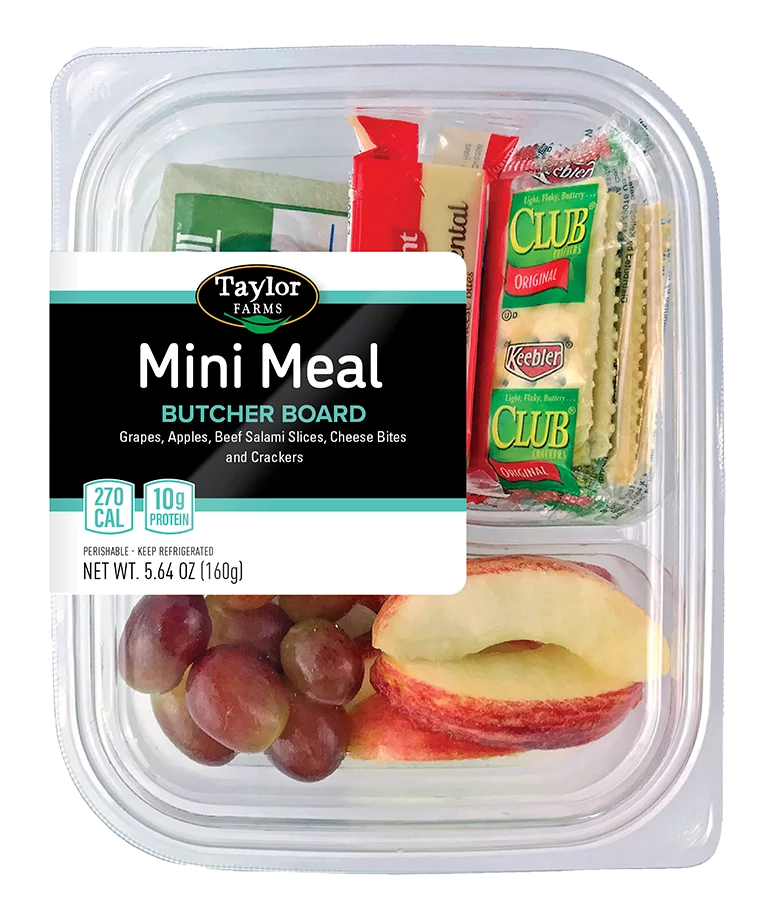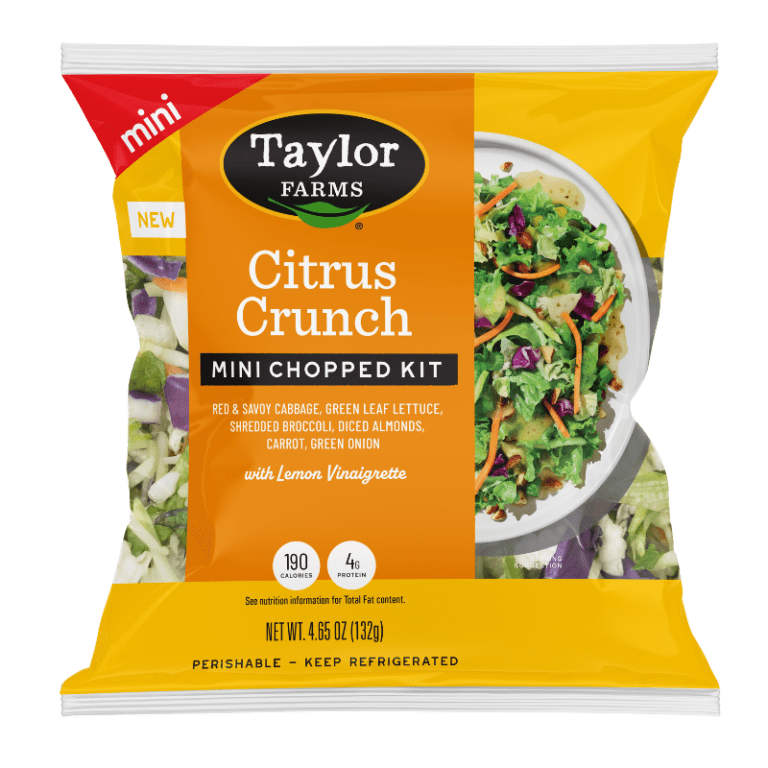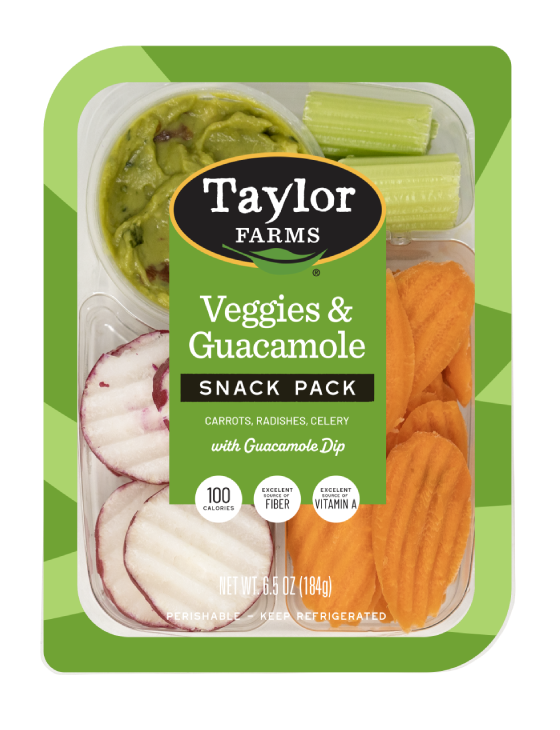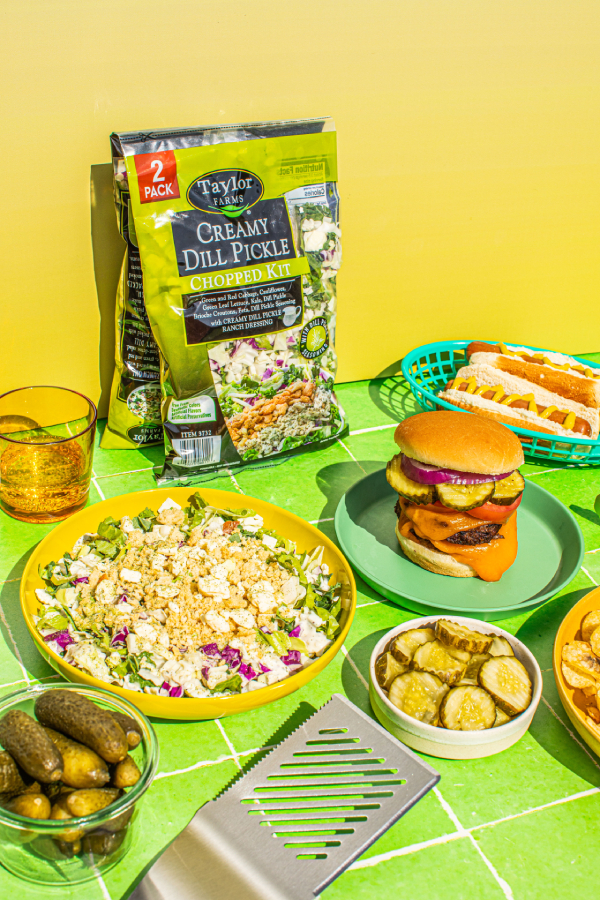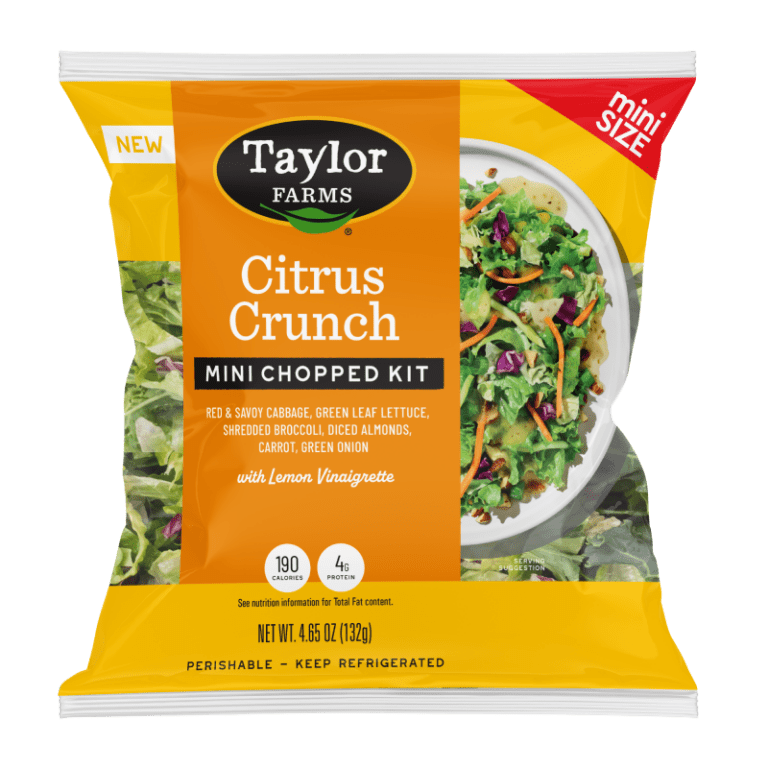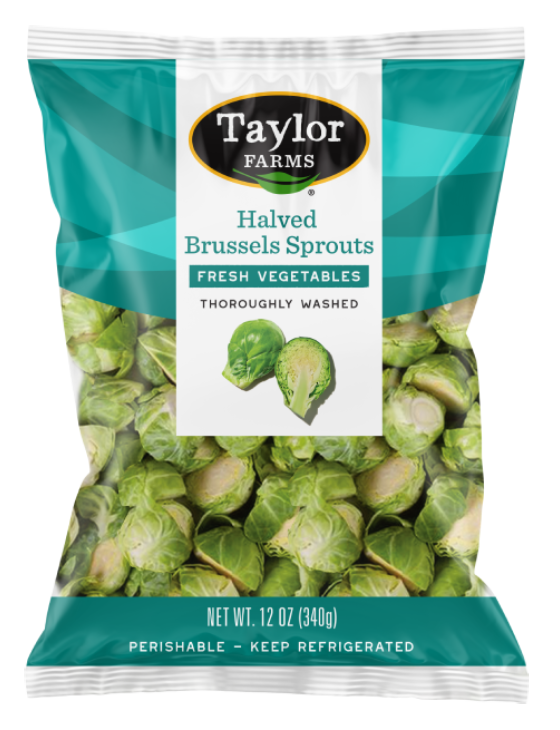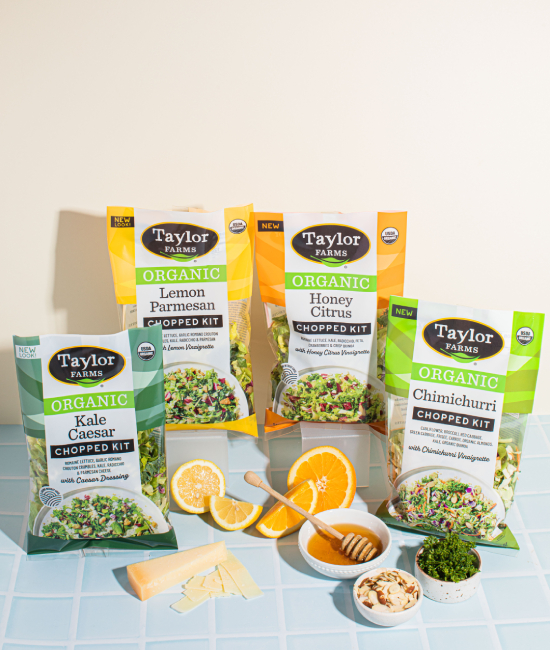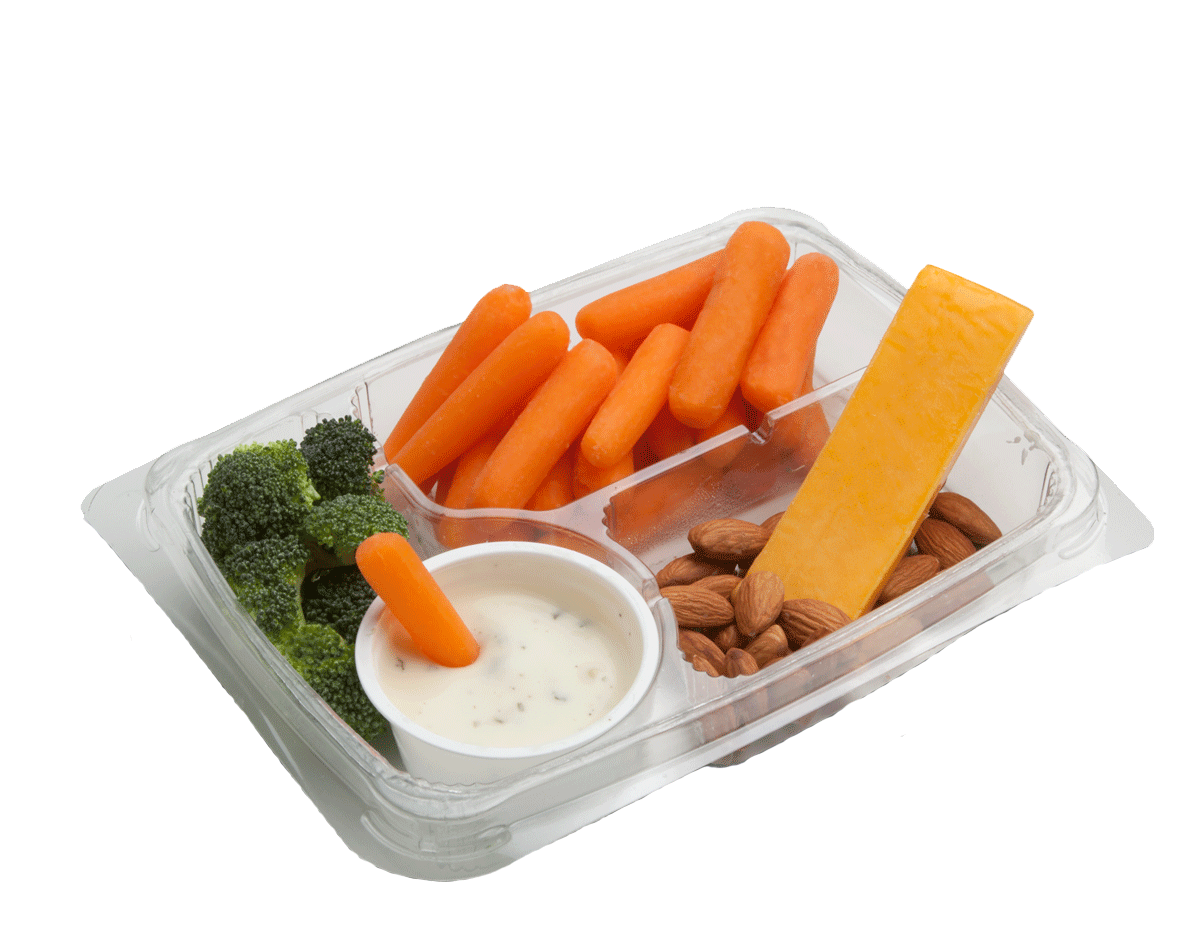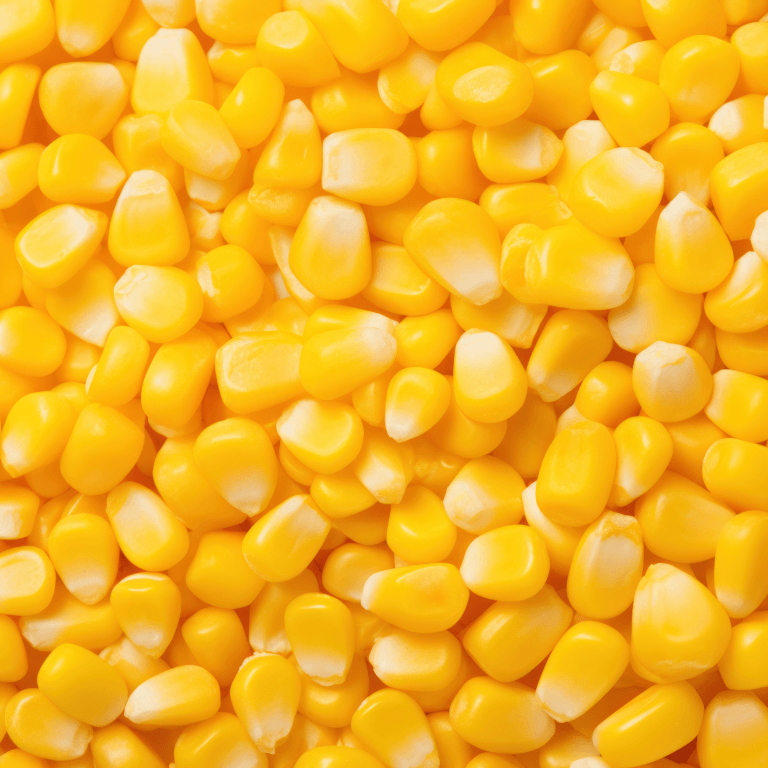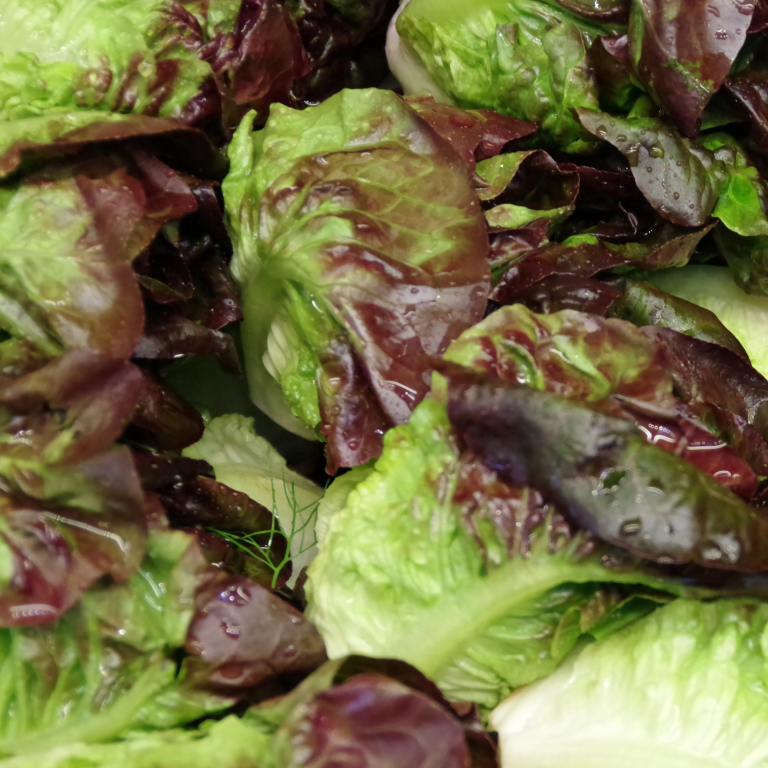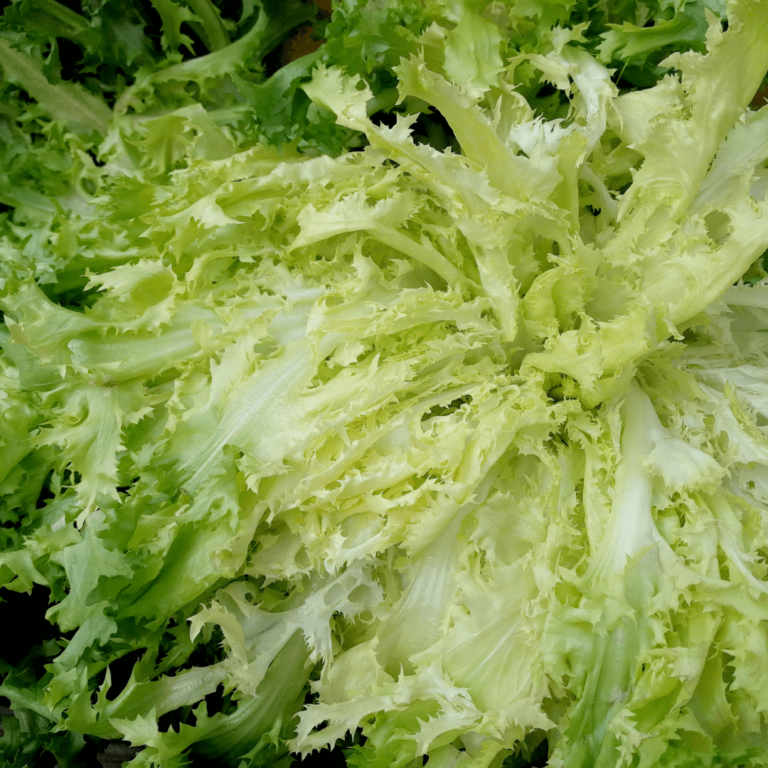Carrots at a Glance


Scientific Name: Daucus carota subsp. sativus
Family: Apiaceae
In Season: Spring through fall
Varieties: Nantes, Danvers, Imperator, Chantenay, and Baby Carrots
Great for: Snacking, salads, soups, roasts, and baking
Carrots Nutrition
Vitamin A
Vitamin K
50 Calories
Common Questions about Carrots
When eaten raw, carrots offer a satisfying crunch alongside a mildly sweet and earthy flavor. The crisp texture is refreshing, making raw carrots a favorite choice for snacking or adding a crisp element to salads and even tacos and lettuce wraps. Some carrots can have a slightly bitter or peppery undertone, particularly when freshly harvested, adding an extra layer of complexity and depth to their overall taste profile.
The inherent sweetness of carrots intensifies as they are cooked, with the earthy notes becoming more subdued as their texture transitions from crisp to tender. Roasting or grilling can add a caramelized flavor while boiling or steaming brings out a more pure and subtle sweetness. Whether pureed in soups, roasted as a side dish, or incorporated into stews, cooked carrots offer a versatile and pleasing taste and texture to an array of culinary creations.
Growing carrots
Generally, carrots are ready to pick when the tops of the roots, or the “shoulders,” are visible at the soil surface and have reached a diameter of at least half an inch. The color of the carrot at the top surface can also be an indication—a vibrant orange for most varieties. Gently loosening the soil to check the size can help determine their readiness, ensuring you’re pulling up carrots at their peak of flavor and texture.
Purchased carrots
When purchasing fresh carrots from the store, look for firm, brightly colored roots with smooth skin. Avoid those with cracks, splits, or lots of little rootlets, which can indicate age. If still attached, the tops should be vibrant and green, not wilted or brown. While smaller carrots generally tend to be sweeter and more tender, the most important factor is freshness to ensure optimal taste and nutritional value.
For optimum longevity, remove the green tops before storing them, as they draw moisture from the roots, causing them to wilt quickly. Place the carrots in a mesh bag or perforated plastic bag and store them in the coolest part of the refrigerator, usually the vegetable crisper drawer. This environment keeps them crisp and fresh for several weeks. If you notice carrots getting a rubbery texture, rehydrate them by soaking them in water for a few hours.
Yes, you can certainly freeze carrots to extend their shelf life and preserve their nutritional value. However, before freezing, it’s a good idea to blanch them first to deactivate the enzymes that cause spoilage.
Frozen carrots can be stored for up to a year and can be used directly from the freezer in cooked dishes like soups, stews, and stir-fries.
Carrots are grown worldwide in a variety of climates—primarily in regions with moderate temperatures—but they can withstand some frost. They grow best in loose, sandy, and well-draining soil that allows for the expansion of the root. Countries with the largest carrot production include China, Uzbekistan, Russia, and the United States.
The U.S.’s top carrot-producing states are California, Michigan, Texas, and Washington. California, particularly the city of Holtville, claims the title “Carrot Capital of the World,” with its favorable climate allowing for year-round cultivation.
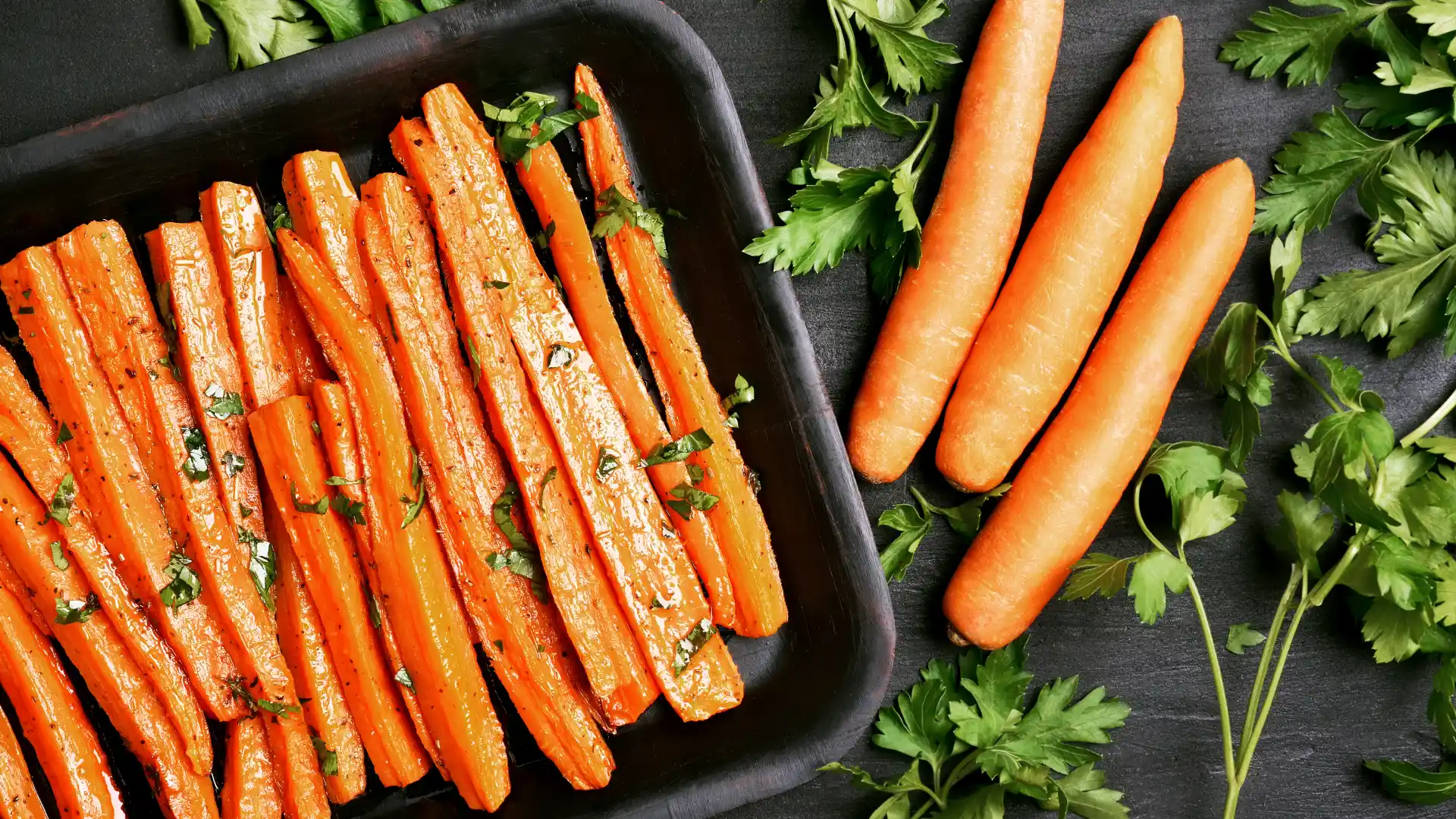

How to cook & serve carrots
Roasting: Roasted carrots become tender and caramelized, highlighting their natural sweetness. Pair them with roasted meats or toss them into a grain salad for a colorful, nutrient-rich addition.
Sautéing: When quickly cooked in a pan, carrots retain a bit of crunch while taking on a glazed, lightly browned exterior. Combine sautéed carrots with other stir-fried vegetables and your choice of protein for a balanced meal.
Steaming or Boiling: Steamed or boiled carrots retain their nutrient content and offer a softer texture. Mash the cooked carrots with butter and salt for a side, or add them to soups and stews to complement other ingredients.
Grilling: On the grill, carrots take on a smoky flavor and appealing grill marks, making them an excellent side for barbecued meats and grilled fish.
For enhanced flavor, serve carrots with herbs and spices like rosemary, thyme, or ginger. They also harmonize well with other vegetables like peas and potatoes, providing a sweet contrast in dishes. For a unique spin, try brushing whole roasted carrots with honey and truffle oil for a sweet and complex side.

